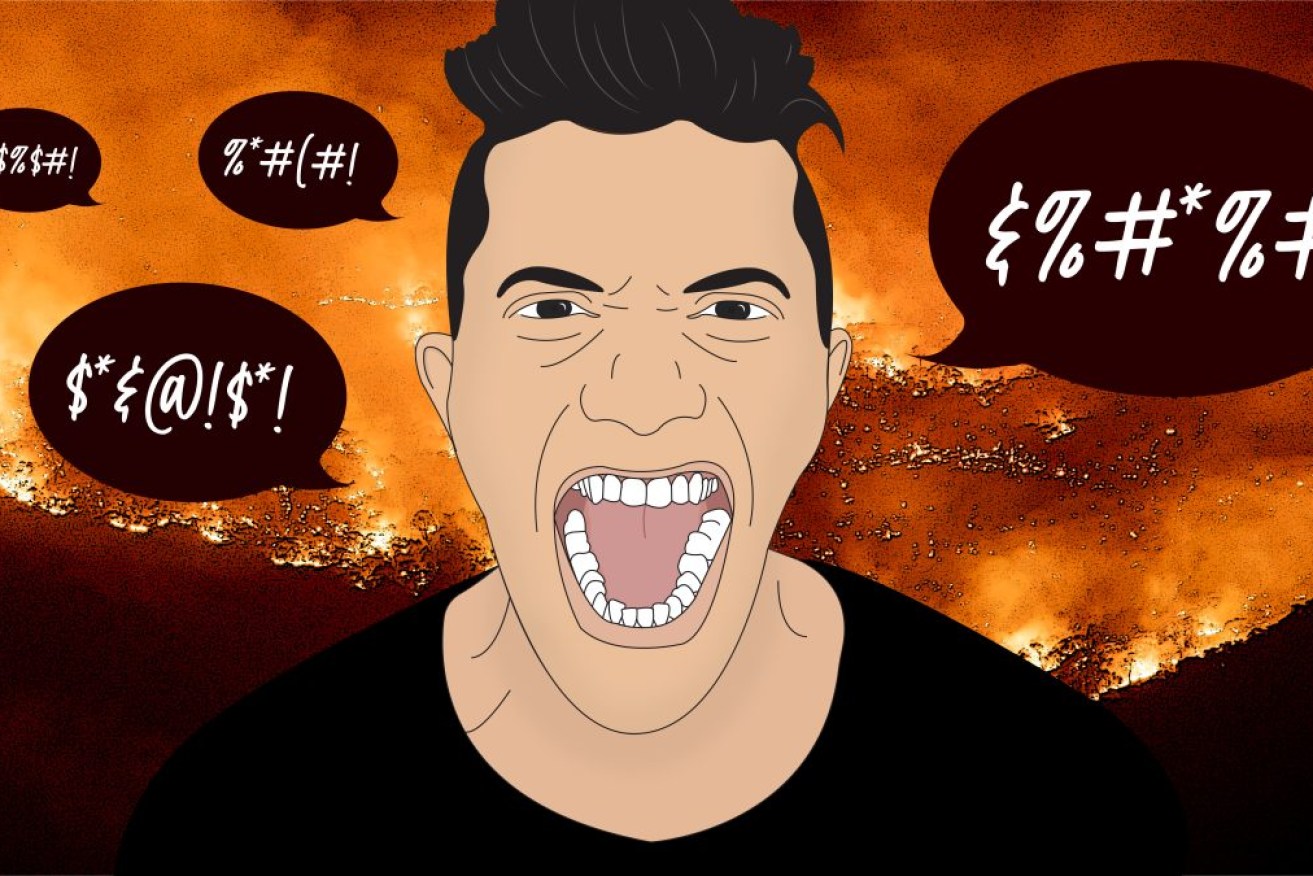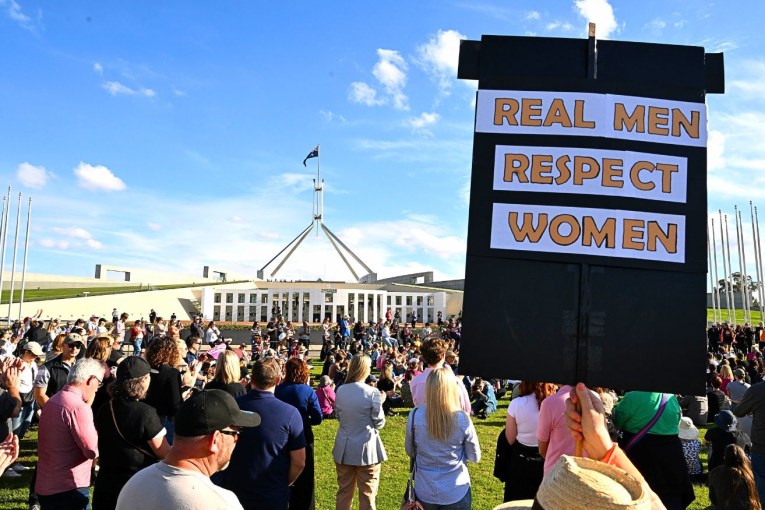Extreme temperatures linked to increase in online hate speech


We all tend to get hot and bothered when the mercury climbs. During heatwaves and cold spells, our physical and mental health can suffer; tempers fray, patience wears thin, and our behaviour and interactions with others can worsen.
A new study from The Lancet Planetary Health shows that this is true for our online interactions as well.
Analysing billions of tweets posted on Twitter in the US, researchers from the Potsdam Institute for Climate Impact Research found hate speech increased across climate zones, income groups and belief systems when temperatures got too hot or too cold.
Comments spike as temperatures rise
The researchers found that hate comments spiked on social media when temperatures rose above 30°C.
“It’s an indicator of how well people can adapt to high temperatures,” said Annika Stechemesser, co-author of the study.
“If temperatures go too hot or too cold, we found that there’s an increase in online hate speech, no matter the socio-economic differences, religion or political beliefs.”
Researchers used artificial intelligence to identify about 75 million hate messages in English – or 2 per cent of the four billion tweets analysed over six years.
The team used the United Nations’ definition of online hate, which includes racial discrimination, misogyny and homophobia.
“Being the target of online hate speech is a serious threat to people’s mental health,” said Stechemesser.
“The psychological literature tells us that online hate can aggravate mental health conditions, especially for young people and marginalised groups.”
Volume changed with temperatures
Researchers then analysed how the volume of tweets changed when local temperatures increased or decreased.
They found online hate speech increased as daily maximum temperatures rose above 21°C — a “feel good” point.
Hate messages went up as much as 22 per cent on hot days, compared with average online hate messages posted during mild weather.
Across all climate zones and socio-economic groups, online tensions intensified even more significantly when temperatures exceeded 30ºC.
Online hate speech increased by as much as 24 per cent — from the feel-good point — when temperatures reached 42ºC to 45ºC.
Last year, a study by the same researchers focusing on Europe had similar results.
“For centuries, researchers have grappled with the question of how climate conditions affect human behaviour and societal stability,” said Leonie Wenz, lead author of the study.
“Now, with ongoing climate change, it is more important than ever. Our results highlight online hate speech as a new impact channel through which climate change can affect overall societal cohesion and people‘s mental health.
“That means that curbing emissions very rapidly and drastically will not only benefit the outer world. Protecting our climate from excessive global warming is also critical to our mental health.”









